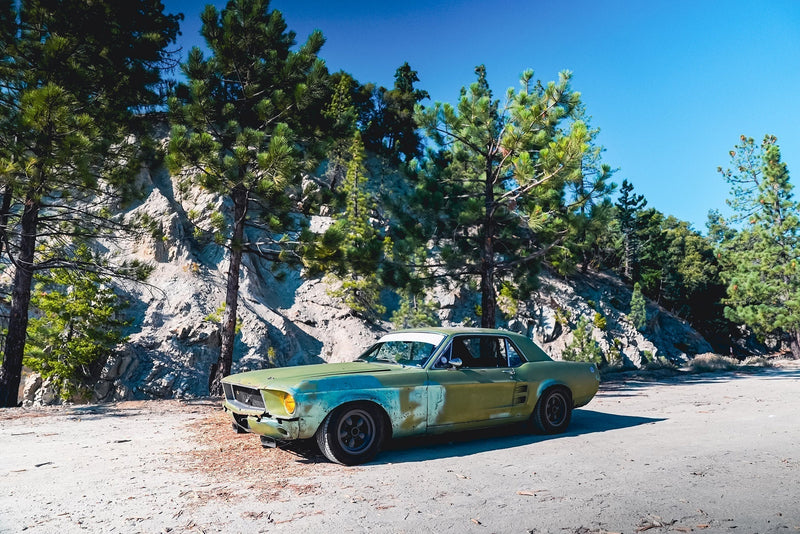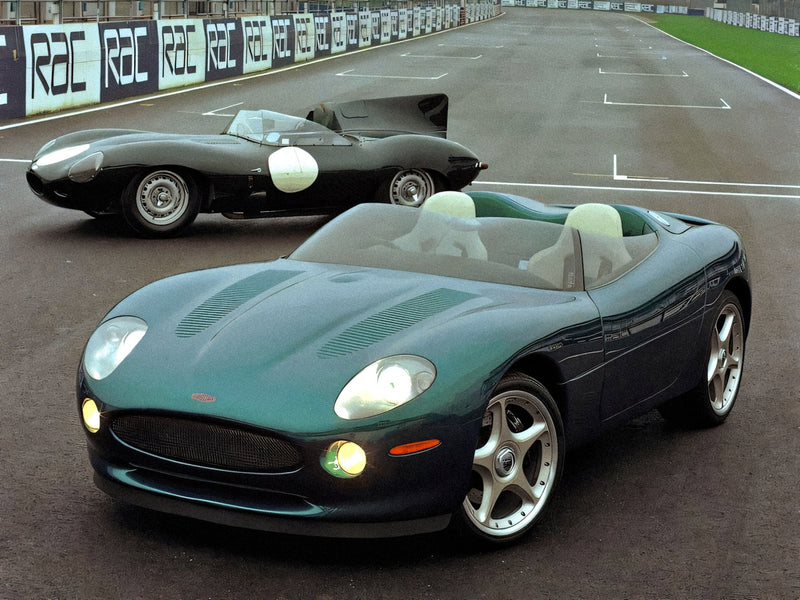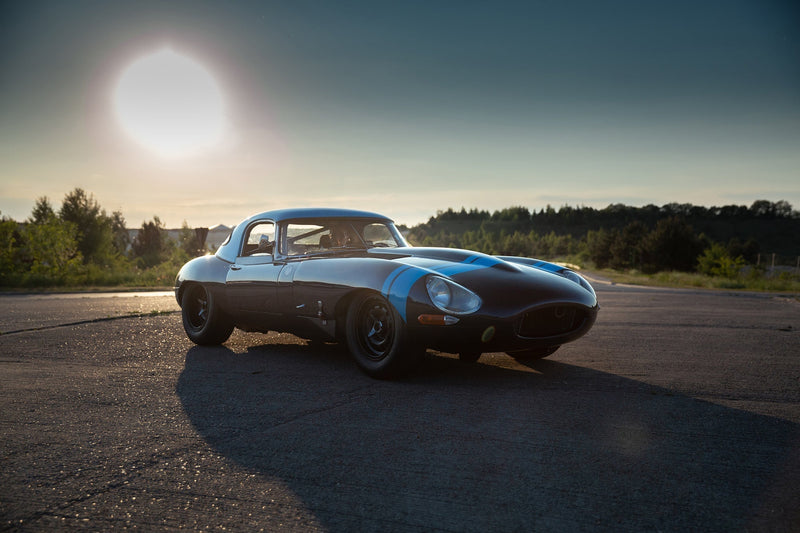There’s something magic in the sound of a traditional crossplane crankshaft V8. Their lazy, lumpy, overlapping “blub, blub, blub, blub” idle somehow reminiscent of masses of flowing water. This easy, affable, resting charm quickly fades to a thundering, metallic hammering from mid-range on, rising in volume and pitch to an apocalyptic crescendo—an almost quasi-organic roar, as if produced somewhere deep in the belly of a steampunk cyborg Tyrannosaurus rex. There’s simply nothing else like it in Carlandia.
Though one could safely argue that this type of engine and its associated soundtrack are largely American icons, every major car-producing culture on Earth has experimented with the design, some with greater degrees of success than others. Italy, for example, has had a long-standing love affair with the bent eight as a means for motivating high-end performance machines, particularly at Maserati and Ferrari, though the latter has always preferred flatplane designs which are essentially two four cylinders sharing a common crankshaft. Perhaps much lesser known, however, is that Fiat, too, briefly flirted with V8-powered sports cars in the early 1950s.



Initially intended for a stillborn postwar luxury car, Fiat’s first and only V8 featured an unusual 70-degree vee, light alloy construction, and an OHV valvetrain with two valves per cylinder. Though diminutive when compared to contemporary American designs, its two liter displacement was actually rather healthy by domestic standards of the day, as was its 110 HP output. The name “8V” stems from Fiat management’s famous misconception that Ford had copyrighted the term V8—come to think of it, I’m surprised old Henry, a legendary curmudgeon and self-promoter, hadn’t secured these rights.
Introduced in 1952, only 114 examples were built in a production run spanning a short three years, 34 of which featured “standard” factory bodywork, while Zagato, Ghia, Pininfarina, and Vignale coachbuilt bespoke styles for the remaining 80 examples. Though it never sold in large numbers, the 8V was nonetheless very accomplished in competition, scoring wins at the Targa Florio and Mille Miglia, as well as winning the Italian two liter Championship every year from 1954-1959—quite a feat for a car out of production for half a decade during a time of rapid development in sports car technology.
Aside from its lovely little eight, the 8V’s success was largely due to the sophisticated chassis design beneath is hand-formed body panels. Comprised of a tubular steel frame and four wheel independent suspension via double wishbones and anti-roll bars, it was easily more advanced than period Ferrari and Alfa designs. According to road tests of the day, the Otto Vu rode with near luxury car smoothness, cornered flat and neutral, and gripped far beyond what could be expected for the time—tire technology was in its infancy, after all. Though lacking low-end torque, Autocar claimed a 119 MPH top speed for the slippery little coupe, with a somewhat less impressive 12.6 second run to 60—definitely attributed to its dearth of off-idle grunt.
Today 8Vs rarely change hands, and when they do it’s typically for low seven figure sums—a price reflective of the car’s unique place in Fiat history, as well as its remarkable motorsport legacy. Although ultimately an evolutionary dead end, it’s fun to imagine what could have been had Turin not lost their nerve for competing with the big boys at the extreme high end of the sports car market—perhaps Enzo would have been forced to sell to Ford, Fiat themselves uninterested due to the ongoing development of a second or even third generation 8V. Somewhere, in an alternate plane of reality…



Image Sources: boldride.com, enscarglobe.com, conceptcarz.com, netcarshow.com




















































